How do you tie your Karate belt?
In my travels around the world, I’ve seen many ways.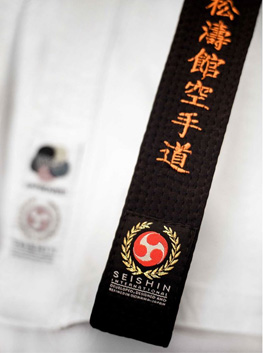
Some good, some bad, some weird…
Today I want to share the traditional Japanese way of tying your Karate belt.
I believe all beginner should be taught this way.
Why?
Because it’s more than “tying a belt”.
The following video of tying your Karate belt serves as a humble reminder that the essence of Karate lies in your mindset.
Everything you do is a reflection of it.
Including the act of tying your belt…
Watch & learn:
Explanation:
Step 1 – The Balancing
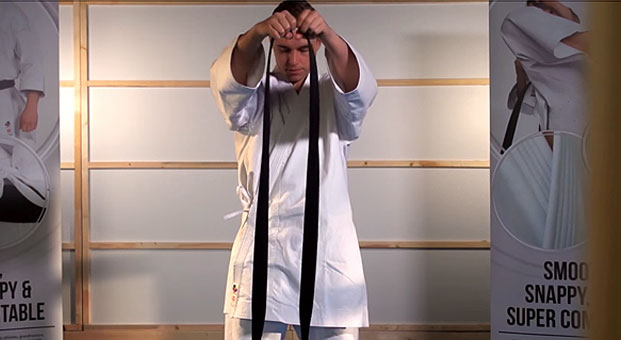
The first step of tying the belt is to make sure it hangs evenly from the middle.
This act symbolizes the importance of balance – both spiritual, technical and physical (known in Japanese as ‘Shin Gi Tai’) – but also that excellence in Karate can only be achieved when physical training is balanced with theoretical studies. This concept is known as ‘Bun Bu Ryo Do’; literary study and physical practice are united in the ‘Way‘.
Western philosophers refer to this as the “pen and the sword”.
Your hand is in the middle.
Controlling the balance…
Step 2 – The Wrap Around
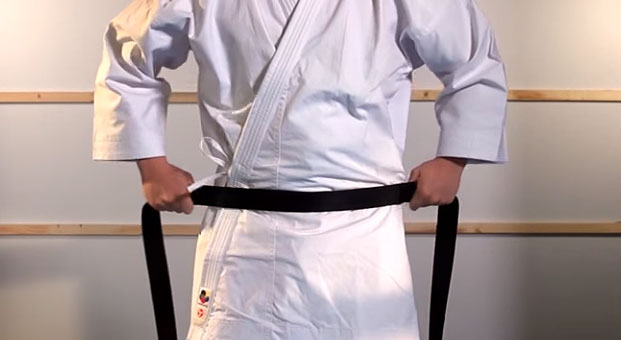
Now that you’re balanced, the next step is to wrap the belt around you.
This is done by placing the middle of the belt below your navel.
By placing the belt below your umbilical, you’re reminded that the proper practice of Karate empowers you with the unique skill to give, receive and end life.
Therefore, we must uphold the moral values that define us as a Karate-ka and strive to manifest them in our every interaction during Karate practice.
Then, cross the belt behind your back.
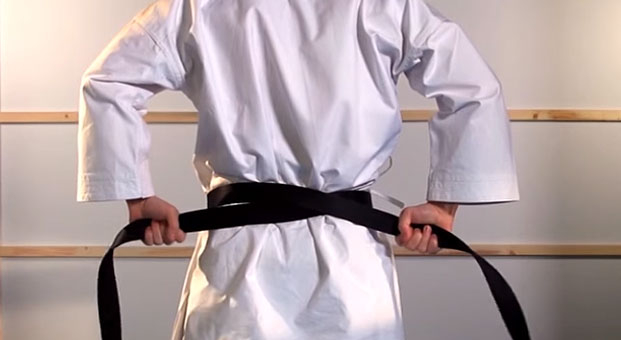
As the belt makes an “X” behind us, we are reminded to be prepared for those who might cross us behind our backs.
Bring the belt to the front again – because what goes around comes around.
We always reap that which we sow.
Then make the “X” again in the front of the body.
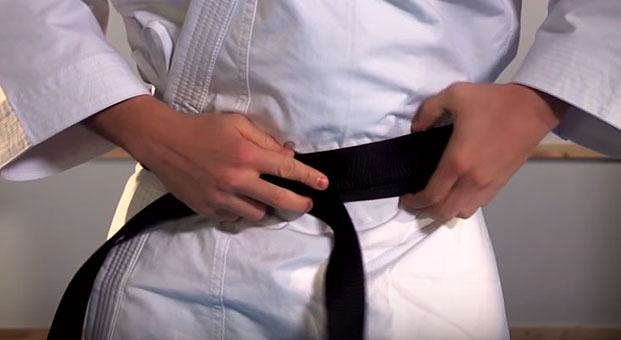
This reminds you that what goes on behind your back can go on under your nose too.
Keep your friends close, but your enemies closer…
Step 3 – The Knot

Now, bring one end up under the belt and the other down.
This reminds the Karate-ka of the two directions in which our mind can travel when we are not at peace with ourselves, and the importance of striving upwards in an effort to seek constant improvement (Jpn. ‘kaizen‘).
Lastly…
By tying the knot tightly we are reminded of the importance in tightening our resolve in all matters, fortifying our spirit (Jpn. ‘fudoshin’).
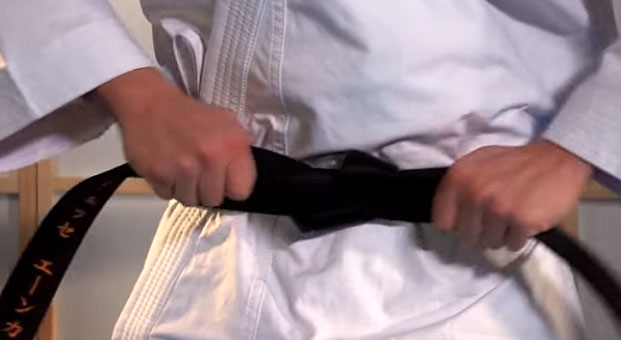
Finally.
At the end of this ritual, we make sure the ends are hanging perfectly even.
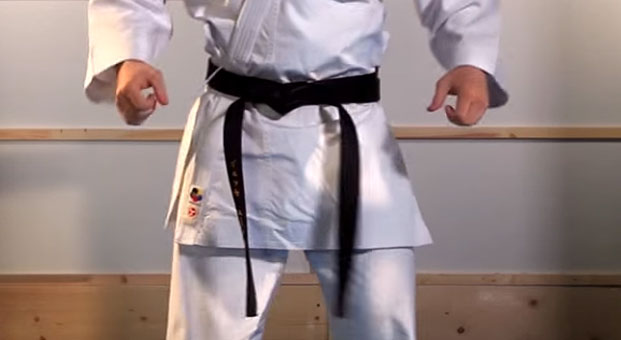
However, don’t worry if it’s not “perfect”.
Karate is not about reaching perfection…
But always strive for it!
That’s the spirit of Karate.
(Read more.)
Good luck! ; -)
______
PS. The method presented in this article (crossing behind your back) is the traditional way of tying the karate belt. Variants without the “X” exist too, but some Japanese organizations (e.g. Inoue-ha Keishin-kai) consider it improper. This is why kata world champions like Rika Usami and Antonio Diaz always tie their belt by crossing it behind the back. In the end, I recommend you follow the etiquette of your dojo.


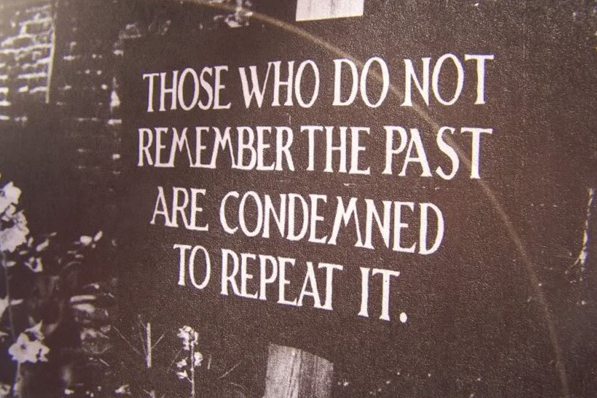
102 Comments